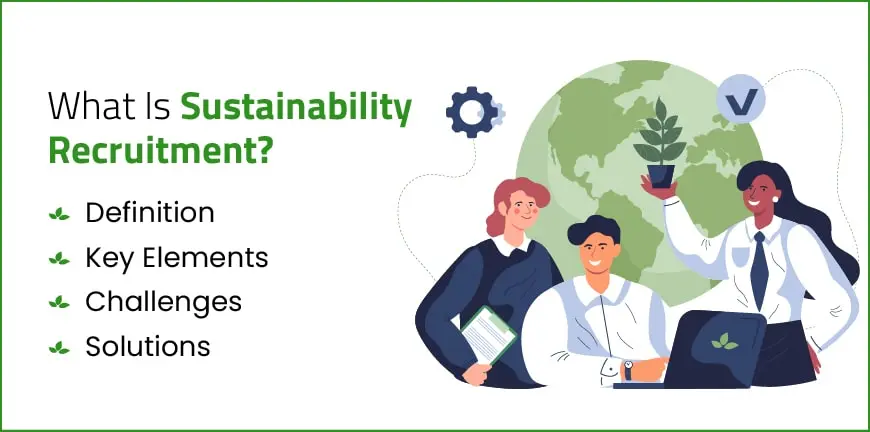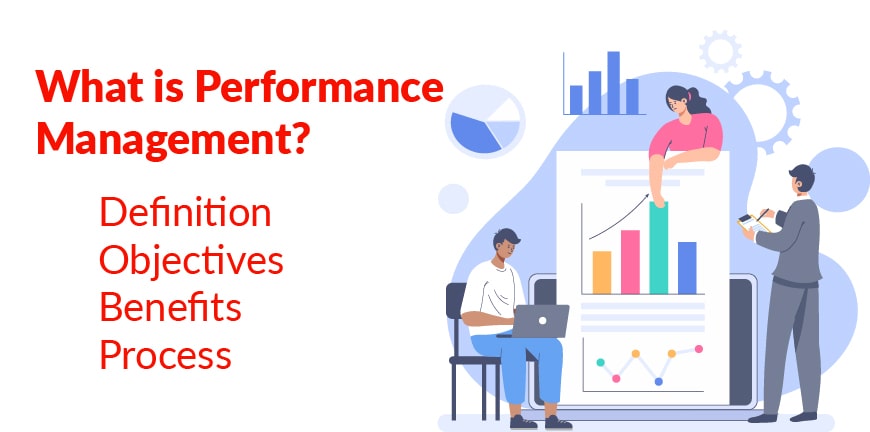
What is Internal Mobility? Definition, Benefits, Skills
14/05/2024
What is Sustainability Recruitment and Why Does it Matter?
21/05/2024Workforce management is a strategic activity that pays off rich dividends, especially when carried out in a systematic and accurate manner. In this blog, we will see how workforce management can make a difference to your organization, streamline work processes, improving work efficiency while maintaining employee engagement.
What Is Workforce Management?
Overseeing the employees so that everyone is strategically allocated to a task or tasks and can complete them on time and with accuracy, meeting the organizational needs, is referred to as workforce management. It takes care of schedules, resource allocation and employee engagement in a very organized manner. There could be software or other tools to manage the workforce effectively too.
What is the Importance of Workforce Management?
Workforce management is important to ensure that all business activities bring happiness and satisfaction not just to customers but to employees as well. Why is this important? Let’s take the example of a call center to understand this better.
This is because you can increase the number of calls being handled by the agents and ensure customers don’t have to wait, and though this will lead to better customer experience, how does this affect the employees? It will impact them negatively.
Their work-life balance will be affected, engagement levels will go down, and they might even demand a higher salary. Don’t you just wish you knew just how to tweak employee performance so that both employees and customers remain happy? This is the importance of workforce management.
Workforce Management Processes
The workforce management process is closely connected to the talent management process, the only difference being that workforce management is a more strategic process, where the impact that it has on the bottom line is also considered. Here are the steps in the workforce management process.
1. Strategic Direction
Understand the goals and objectives set by the organization’s leadership and management and chart out how to achieve them by strategically aligning the workforce to meet them.
2. Supply Analysis
Understand how attrition and other trends in the marketplace will affect the talent supply and how to cope with it.
3. Demand Analysis
Understand the current and future demand for talent in the organization and how to cope with it.
4. Gap Analysis
What is the current gap between supply and demand and where is it really affecting organizational performance and what to do about it?
5. Solution Implementation
What interventions are possible to eliminate these gaps and ensure that the organization achieves its goals. Who will implement this solution and how?
6. Monitoring Progress
How effective are the solutions and what can be done to ensure that they improve over time in closing the gaps they were engineered for?
What are the Benefits of Workforce Management?
Workforce management involves mapping a solution to the problem that it solves and, in the process, coming up with multiple solutions. There are several benefits to workforce management. Some of them are listed below.
1. Regulated finances
Technology that calculates how much work is actually required to get a task done can help prevent any overstaffing or even overtime, saving on new hires and the cost associated with them.
2. More accurate payroll
The payroll is more accurately maintained and in the process any errors that may arise can be easily spotted during the process of workforce management.
3. Enhanced productivity
Employers can compare data about attendance and time with companies that are in the same regions, industry etc. By doing this, they can understand what competitors are doing right.
4. Smarter schedule creation
Workforce management schedules can detect labour shortages before they arise and can help in increasing the workforce attendance during those shifts. They can also create schedules based on the role, department, and the work to be done.
5. Compliance risk minimization
Employee leave can be smoothly managed with automatic allotment and granting of leaves, and this also helps facilitate an audit which can reduce the risk of non-compliance too.
Workforce Management Tools and Software
Workforce management software helps with workforce management and analytics, enabling decision-makers to back their policies with data. Here is a list of popular workforce management software and in a single line what each is exceptionally good at.
Zoho Workerly
Workforce management software specifically built for temp staffing agencies.
ADP WorkforceNow
A human capital management solution for companies where the number of employees crosses 50
BambooHR
Automates manual operational HR and frees HR to take care of strategic objectives.
WorkdayHCM
Combines automation and skills-based talent strategies to ensure that the workforce remains agile.
Hubstaff
Trusted workforce management and employee monitoring for both onsite and remote teams.
Ceipal
All-in-one workforce management for greater productivity and employee engagement. Is a full-fledged ATS too.
Here’s a look at the features for workforce management, present in each of the above, summarized in a table. The table assumes that each workforce management software has employee management as a necessary feature and many of them also offer employee self-service portals.
Table of Comparison of Workforce Management Software
| Attendance Tracking | Calendar Management | Payroll Management | Reporting/Analytics | Timesheet Management | Vacation and Leave Tracking | |
| Zoho Workerly | ||||||
| ADP WorkforceNow | ||||||
| BambooHR | ||||||
| WorkdayHCM | ||||||
| Hubstaff | ||||||
| Ceipal |
GREEN – PRESENT
YELLOW – ABSENT
Looking for a Workforce Management Partner?
Workforce management is not an easy exercise, and the availability of software for workforce management does not avoid the need for experts to guide you on how to conduct workforce planning in your own organization. Alp, with over a decade of experience in recruitment and staffing, can be your workforce planning partner. Talk to us today and get your workforce in order!
Frequently Asked Questions
1. How Does Workforce Management Work?
Workforce management can be manual or automated to a certain extent, with the final decisions being taken by workforce management professionals in the HR team and the management. To automate the workforce management process, you would need to use workforce management software.
2. Who Should Use Workforce Management?
Workforce management can be used by organizations of any size, be they small, medium-sized, or large. They can be used to monitor teams working in any industry or domain and can benefit both IT as well as non-IT companies, impacting the bottom line significantly.
3. What is The Future of Workforce Management?
People are the heart of any business. Workforce management is likely to become highly automated and analytical in nature in the future. A lot of data-driven decisions will be taken by workforce management professionals, making them an integral part of organizational planning and strategy in the future.
Contact Us For Business Enquiry

Rajkumar Shanmugam
Rajkumar Shanmugam is the Head of HR at ALP Consulting, bringing over 19 years of comprehensive HR leadership experience across India and international markets. His expertise spans talent acquisition, employee relations, performance management, compliance, and HR transformation. Rajkumar has a proven track record of driving people-centric initiatives, enhancing workplace culture, and aligning HR strategy with business goals. With extensive experience in US staffing operations and global mobility, he continues to lead organizational excellence through innovation and employee engagement.




